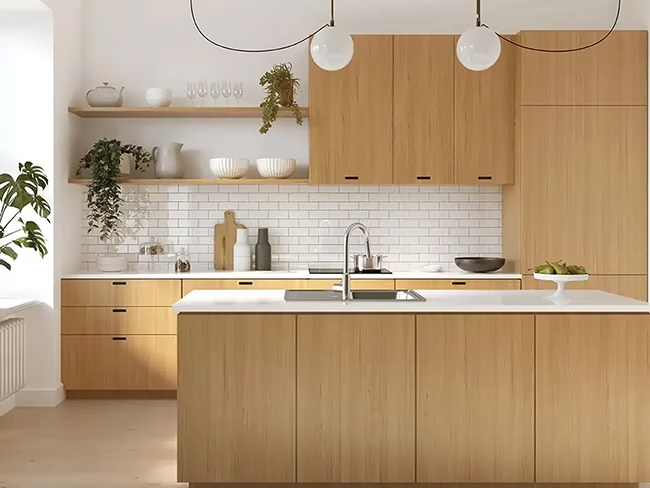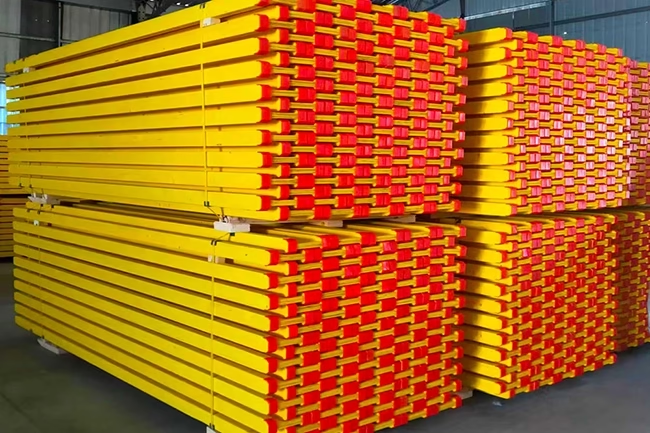Insight
How is Plywood Made: From Tree to Sturdy Sheet
Plywood is a ubiquitous building material, used for everything from construction projects to furniture. But have you ever wondered how this versatile sheet is actually made?
Plywood’s strength and stability come from its unique construction. It’s not a single piece of wood, but rather thin layers of wood called veneers glued together. Let’s delve into the process of transforming a log into a plywood sheet:
From Log to Layer: The Art of Veneer Creation
The journey begins with sorting logs by size and species. Some logs may be debarked to remove the outer bark for better veneer quality. There are two main methods for creating these thin wood layers:
- Rotary Cutting: Imagine a giant vegetable peeler! The log spins against a sharp blade, producing a continuous sheet of wood that unwinds like a roll of paper.
- Slicing: Here, the log is stationary while a large blade precisely cuts thin sheets, not unlike slicing bread.
Once created, the freshly cut veneers are dried in kilns to eliminate excess moisture and prevent warping.
Building Strength: Lay-up, Gluing, and Pressing
After drying, the veneers are meticulously inspected and graded based on factors like knots, cracks, and grain patterns. Imperfections might be addressed with patches or fillers.
Now comes the magic: creating the plywood structure. The veneers are strategically arranged in a criss-cross pattern, with the grain direction of adjacent layers running perpendicular to each other. This cross-grain construction is the key to plywood’s strength and resistance to warping.
Once arranged, adhesives are applied to ensure even coverage. The type of glue used depends on the intended application and the desired water resistance of the final plywood sheet.
The layered “sandwich” is then loaded into a press. Here, high heat and pressure are applied, activating the glue and bonding the veneers into a solid sheet.
Finishing Touches: Sanding, Grading, and Ready to Use!
The pressed plywood sheets are then sanded smooth on both sides. Additional treatments like surface coatings may be applied depending on the final product specifications.
Finally, the finished plywood undergoes a rigorous inspection and grading process. Industry standards ensure the plywood meets specific benchmarks for strength, durability, and appearance.
Through this remarkable process, plywood manufacturers transform logs into a versatile and reliable building material. Plywood’s unique construction offers several advantages over solid wood, including superior resistance to warping and cracking, consistent strength throughout the sheet, and greater flexibility in terms of thicknesses and panel sizes.
So, the next time you encounter plywood in your home or on a construction site, remember the fascinating journey it took to get there – from a humble tree to a strong and dependable sheet, ready to serve a multitude of purposes.









